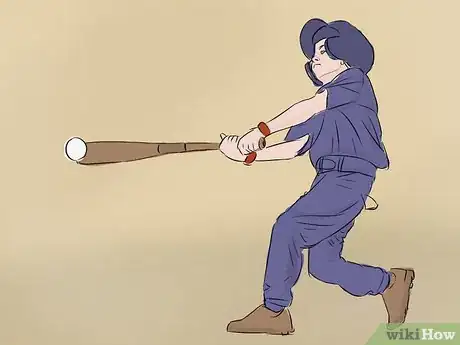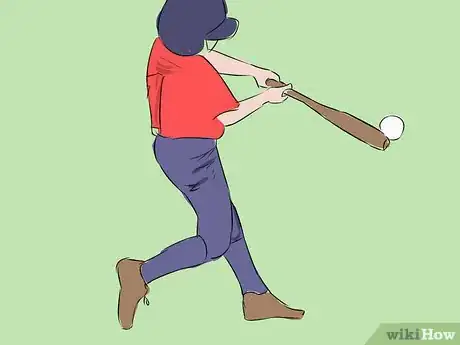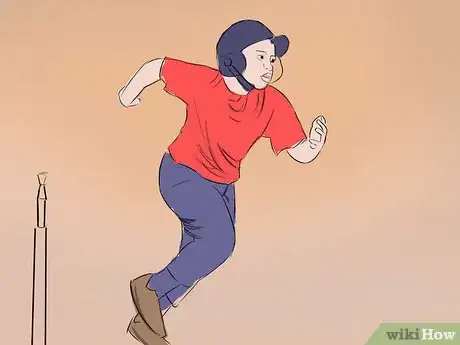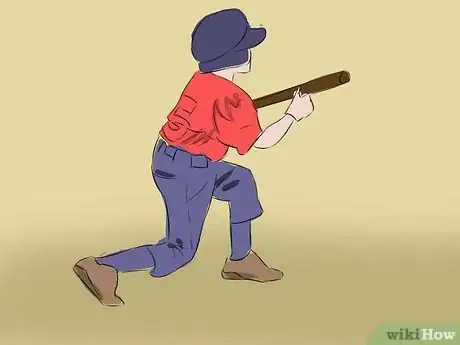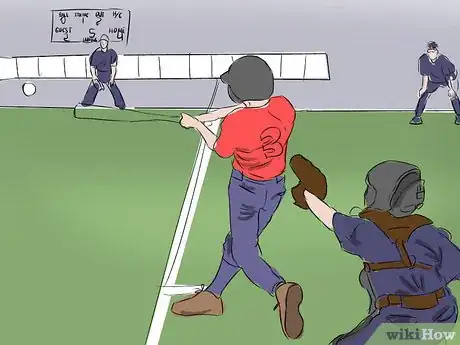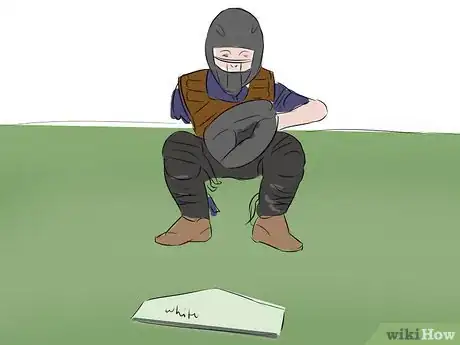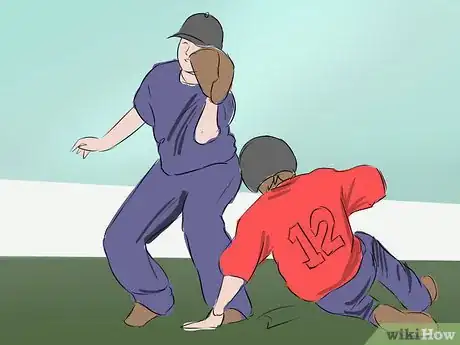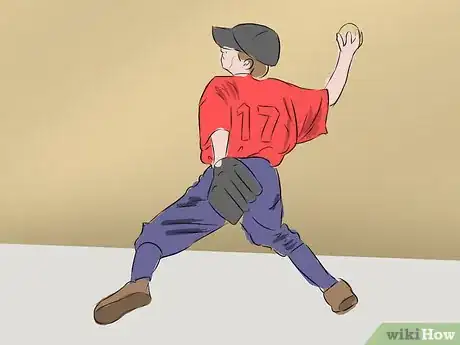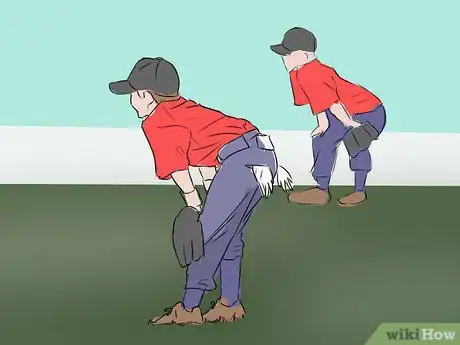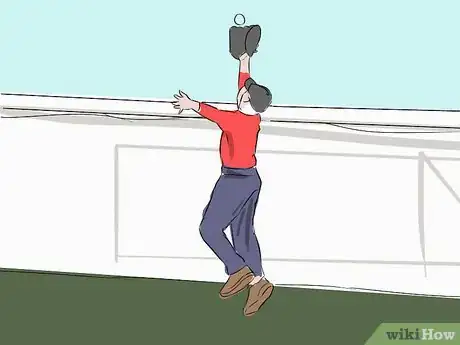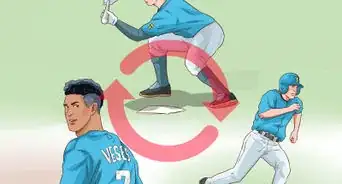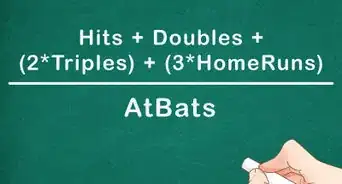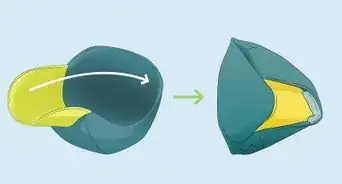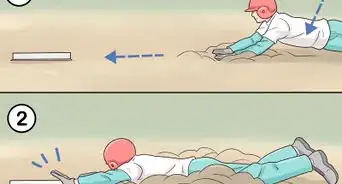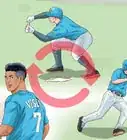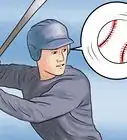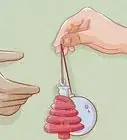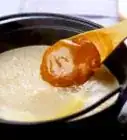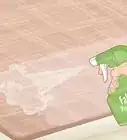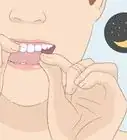X
wikiHow is a “wiki,” similar to Wikipedia, which means that many of our articles are co-written by multiple authors. To create this article, 17 people, some anonymous, worked to edit and improve it over time.
This article has been viewed 42,085 times.
Learn more...
When putting together a little league lineup it is crucial to your team's success to have kids in the right order. The same could be said about the major leagues. A good coach knows his team and what everyone brings to the table. The lineup can make or break your team.
Steps
Method 1
Method 1 of 3:
Knowing Your Team
-
1Learn about your team. The first step to putting together a batting order and defense lineup is to know who your players are, and what they do or don’t do well. This discovery process is a crucial first step to balancing your lineup and improving your baseball team’s offense. There are a few major categories that every offensive player will fall into, and some of the batters in your lineup might fall into more than one category.
- If a player on your team does more than one thing well, it is important to determine which of those strengths will benefit the team the most.
- Conduct a series of scrimmages to determine each player's strengths and weaknesses.
-
2Find power hitters. Power hitters generally have higher strikeout totals or at least more swings and misses. They have the ability to hit the ball a long ways but it doesn’t always equate to speed which can turn into a liability.Advertisement
-
3Determine your contact hitters. Contact hitters typically have very low strikeout counts along with low power hits. Contact hitters are very good at putting the bat to the ball. Their lack of strikeouts is a benefit in some regards, but putting a contact hitter in the wrong spot could have a negative effect on your team’s offense.
-
4Find your speedsters. There is typically a lot of overlap between a speedsters and the contact hitters. There is enough distinction between the two to treat them separately. Speedsters are important to have on the bases. They pose as a threat to steal a base which can distract opposing pitchers. Again, speedsters must be strategically placed in your team’s lineup or they will have little to no effect.
-
5Figure out who is a sacrifice specialist. There are some players who are in the lineup because they have a defensive skill that you need. These players, when they come up to bat, can be a risk. They can be used properly and a useful asset to scoring more runs.
Advertisement
Method 2
Method 2 of 3:
Assembling the Offense
-
1Fill the first two slots. You want to bat your most consistent base-hit hitter in the lead-off spot. Don't waste this spot on your biggest power hitter. You ideally want people on base when your power hitter comes up. Second slot should go to your second most-consistent base-hit hitter.[1]
-
2Cast your third batter. This is where your power hitter goes. This is the player who consistently hits doubles, triples or home runs. Some may argue you want this batter to bat fourth, to increase the chance of a grand slam with the bases loaded. This mentality can cost you because:
- After the first inning, this set-up no longer applies.
- You want to make sure your best hitter bats in the first inning. Saving your strongest hitter for the fourth spot could mean that the first three batters get out, and this batter won't get up to bat until the second inning.[2]
- You need to start collecting runs as soon as possible, and this is the best way.
-
3Fill the rest of the hitters. For the fourth batter you should place your second-best power hitter. Then you can descend down the slots and fill the next best batter. The eight slot should go to your worst hitter. Then for your ninth slot you should have a speedster who may not be the best at batting.[3]
Advertisement
Method 3
Method 3 of 3:
Constructing the Defense
-
1Fill the catcher. Your catcher needs to be aggressive, assertive, a good listener, show leadership, and be energetic. This teammate should also be a good team player and be able to get along with your pitcher.
- The catcher needs to be one of the best catchers in your roster.[4]
-
2Find your bases. Having a solid roster of players on the bases is essential for good defense. Your first baseman should be good enough to catch the ball from any player on the field and is good for any lefties. Second base is usually your infielder with the weakest arm or the kid who bobbles the ball a lot. The third base is your kid with the fastest reactions who can handle being the infielder closest to the batter.
- Find a shortstop. The shortstop is typically the best athlete on your defense. This player also needs to be exceptionally quick with a good arm.[5]
-
3Fill the left and right fielders. You want your players with strong arms and good at catching in left field. Left fielders see the most outfield hits. Your right outfielder can be one of your weaker players. They should be pretty good at catching the ball, but they won’t do too much damage out there.[6]
-
4Assign a center field. Center field is a crucial position in the field. They need to be on the same level as your third baseman and left outfielder. This is typically the kid who is anxious to get a catch and can do it well. Don’t assign this position to your timid or shy kids.[7]
-
5Teach pitching. Depending on what type of youth team you are handling, pitchers typically rotate. Consider getting an assistant coach who specializes in pitching. Eventually you will find your strongest pitcher, but will be unlikely to play him for every inning.
Advertisement
References
- ↑ http://www.beyondtheboxscore.com/2009/3/17/795946/optimizing-your-lineup-by
- ↑ http://www.beyondtheboxscore.com/2009/3/17/795946/optimizing-your-lineup-by
- ↑ http://www.beyondtheboxscore.com/2009/3/17/795946/optimizing-your-lineup-by
- ↑ http://protips.dickssportinggoods.com/improve/defensive-lineup-strategies-for-youth-baseball/
- ↑ http://protips.dickssportinggoods.com/improve/defensive-lineup-strategies-for-youth-baseball/
- ↑ http://protips.dickssportinggoods.com/improve/defensive-lineup-strategies-for-youth-baseball/
- ↑ http://protips.dickssportinggoods.com/improve/defensive-lineup-strategies-for-youth-baseball/
About This Article
Advertisement

